Backcountry skiing can feel overwhelming when you're just starting out. But picking the right skis? That’s half the battle. For beginners, shorter skis are a game-changer. They’re easier to control, lighter to carry, and safer on tricky terrain. Here’s the scoop:
- Snowfeet WALKSKI (100 cm): Compact, beginner-friendly, and works with regular boots. At $499, it’s a solid entry point.
- Snowfeet Mini Ski Skates (38 cm): Super light and easy to learn for $150. Great for groomed trails but limited in tougher terrain.
- Snowfeet PRO (50 cm): A step up in stability and durability for $199. Perfect for tight spaces.
- Rossignol BC 65 Positrack: Traditional design with steel edges for better grip but heavier and harder to transport. $300–$600.
- Atomic Backland 85: Built for more advanced terrain. Durable but pricier ($400–$1,000) and less beginner-friendly.
Quick takeaway: Snowfeet options are lightweight, portable, and ideal for learning. If you’re just starting out, the WALKSKI is your best bet. Ready to hit the backcountry? Let’s dive into the details.
Best Backcountry Skis
1. Snowfeet* WALKSKI Backcountry Touring Skis (100 cm)
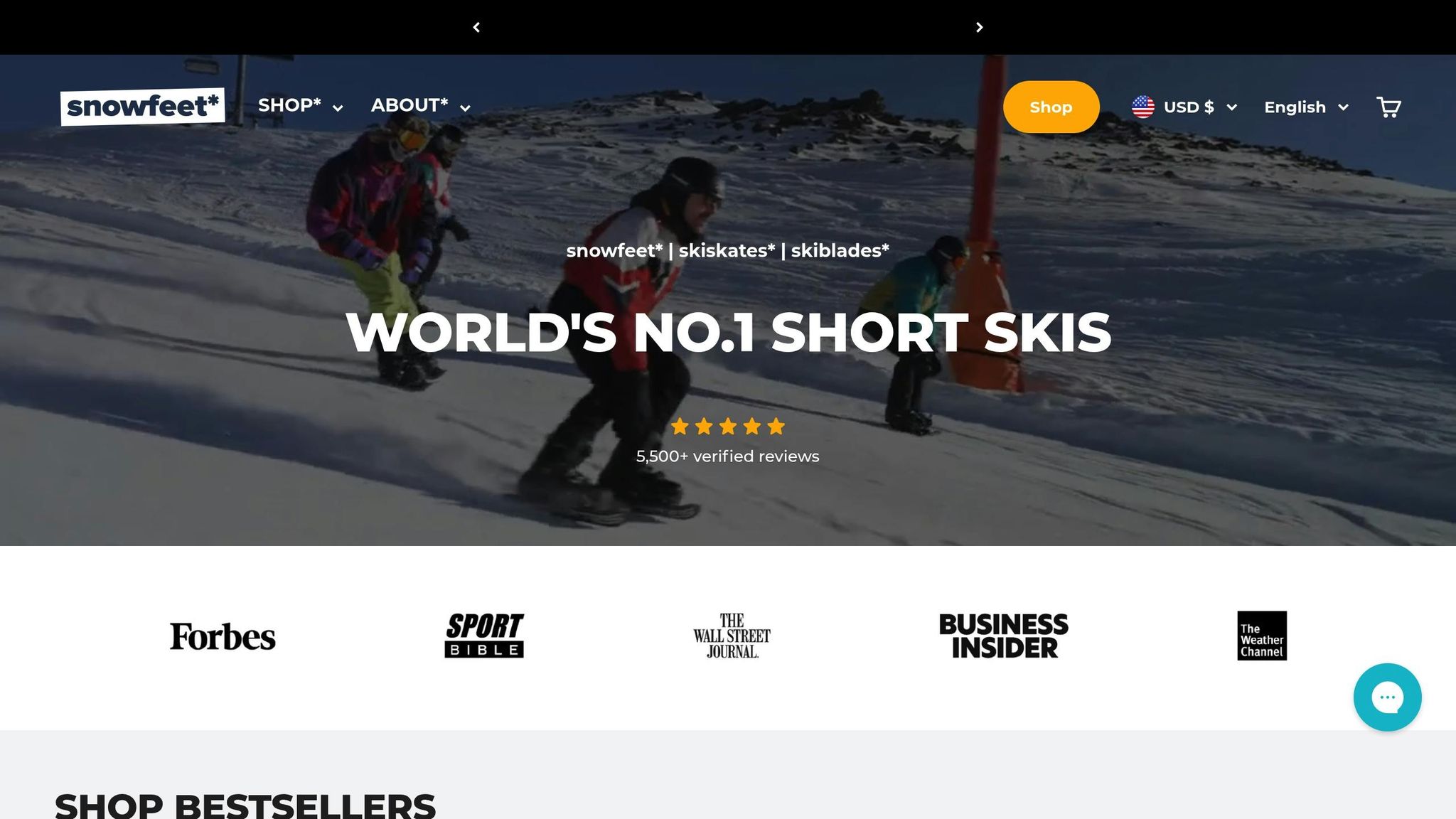
The Snowfeet* WALKSKI is shaking up the backcountry skiing game for beginners. Measuring just 39 inches (100 cm) long, these skis are far more compact than traditional backcountry options from brands like Rossignol or Atomic. This smaller size isn’t just for show - it brings some real perks for those new to the sport.
Universal Compatibility
One of the standout features of the WALKSKI is its versatility. Unlike most backcountry setups that demand specialized ski boots, these skis are designed to work with pretty much any hiking, trekking, or winter boots with flexible soles. That means you won’t need to shell out for pricey ski boots right away, making it easier (and cheaper) to dive into backcountry skiing.
Built for Safety
The shorter length of the WALKSKI isn’t just about convenience - it’s also a major safety boost for beginners. Shorter skis are easier to turn and control, which helps reduce the chances of catching an edge or taking a tumble. For someone just starting out, this can make all the difference in building confidence on the slopes.
Another great feature? The integrated climbing skins. These provide solid grip on uphill climbs and eliminate the hassle of attaching separate skins - no extra gear needed, no room for error. Plus, the universal free heel binding system fits all adult shoe sizes, so you don’t have to stress about finding the perfect boot-binding combo. It’s all about keeping things simple and beginner-friendly.
Lightweight and Portable
Let’s face it: traditional backcountry skis can be a pain to lug around. They’re bulky, heavy, and often require special carrying systems. The WALKSKI flips the script. According to Snowfeet:
"At just 100 cm, WALKSKI are easy to carry and pack for any adventure. They are light so you won't get tired as quickly on long hikes." [2]
This lightweight design is a game-changer, especially for long treks. You can toss them in a backpack or carry them by hand without breaking a sweat. Even if you’re traveling to a ski destination, their compact size makes transportation a breeze - no oversized baggage fees or awkward loading into a car.
Easy to Learn
If you’re worried about the steep learning curve of backcountry skiing, the WALKSKI has you covered. Snowfeet puts it best:
"Walkski are much shorter and lighter than traditional backcountry skis, making them easier to carry and control." [2]
That ease of control means beginners can focus on nailing the basics instead of wrestling with unwieldy gear. Whether you’re gliding through powder, packed trails, or groomed slopes, these skis adapt to different terrains, helping you gain confidence without needing multiple pairs of skis.
Affordable Price Tag
At $499, the WALKSKI is a budget-friendly way to try backcountry skiing. Compare that to the $2,200 average for a traditional touring setup, and you’re saving close to 80% [2]. For beginners unsure if this sport will become a lifelong passion, this lower price point is a big win. It also leaves some wiggle room in your budget for other essentials like avalanche safety gear, proper clothing, or even a guided lesson to get you started.
In short, the Snowfeet* WALKSKI offers a beginner-friendly, affordable, and portable way to explore backcountry skiing. It’s a solid option for anyone looking to hit the slopes without the commitment of traditional setups.
2. Snowfeet Mini Ski Skates (38 cm)
The Snowfeet Mini Ski Skates are a compact and beginner-friendly option for backcountry adventures. At just 15 inches (38 cm) in length, they’re shorter than the WALKSKI, making them incredibly easy to handle. These skates blur the line between skiing and skating, offering a motion that feels more like inline or ice skating than traditional skiing setups from brands like Head or Elan. Snowfeet continues its reputation for creating gear that's all about safety, ease of use, and portability.
Safety Features
When it comes to safety, these mini ski skates shine. The metal edges provide precise stopping power, while the built-in heel brake ensures smooth and controlled deceleration. Plus, falls in these skates tend to be less intense compared to traditional skis or snowboards [3]. Made with reinforced fiberglass, they’re built tough to handle the inevitable bumps and scrapes that come with learning a new sport.
Lightweight and Portable
One of the standout features of the Mini Ski Skates is their portability. Thanks to their compact size, you can easily toss them into your backpack and head off to explore new terrain. This makes them a great choice for beginners who want to try out different locations without lugging around a full ski setup.
Easy to Learn
Learning to use these mini ski skates is surprisingly simple. Their motion mimics skating, so if you’re familiar with inline or ice skating, you’ll pick them up quickly. To keep steady, it’s best to center your weight or lean slightly back. This design not only makes turning a breeze but also allows for a broader range of movements - yes, you can even skate on snow [4][5].
Price (USD)
At just $150, the Snowfeet Mini Ski Skates are an affordable way to dip your toes into backcountry skiing. With a universal fit, you won’t have to deal with complicated sizing or fiddly binding adjustments. It’s all about keeping things simple and fun for beginners.
3. Snowfeet PRO (50 cm)
The Snowfeet PRO strikes a perfect balance for beginners who want something between the ultra-compact Mini Ski Skates and traditional backcountry skis. At 50 cm in length, it offers a mix of control and flexibility. Unlike standard backcountry skis that require specialized boots and bindings, the PRO works seamlessly with your regular winter or snowboard boots.
Safety Features
One of the standout features of the Snowfeet PRO is its shorter length, which makes it much easier for beginners to handle compared to longer skis. This design helps reduce risks, especially in unpredictable backcountry terrain where changing conditions can be tricky for newcomers. It’s a great confidence booster for anyone just starting out.
Weight and Portability
The lightweight build of the Snowfeet PRO is a game-changer for backcountry adventures. You can carry them easily without the hassle of bulky traditional ski setups. Their compact size also makes navigating tight spaces or weaving around trees a breeze. This portability is a major plus for beginners still getting the hang of things [1].
Learning Curve
The Snowfeet PRO is designed with beginners in mind. On firm snow, you can quickly pick up skating, scissoring, and lunge turns [6]. However, in tougher conditions - like super hard-packed snow - the short and flexible design might feel a bit tricky [6]. That said, for those sticking to groomed trails, these challenges are totally manageable.
Price (USD)
At $199, the Snowfeet PRO offers an affordable way to dip your toes into backcountry skiing without breaking the bank on expensive touring gear. With adjustable bindings and a variety of color options, it combines practicality with a touch of personal flair.
4. Rossignol BC 65 Positrack
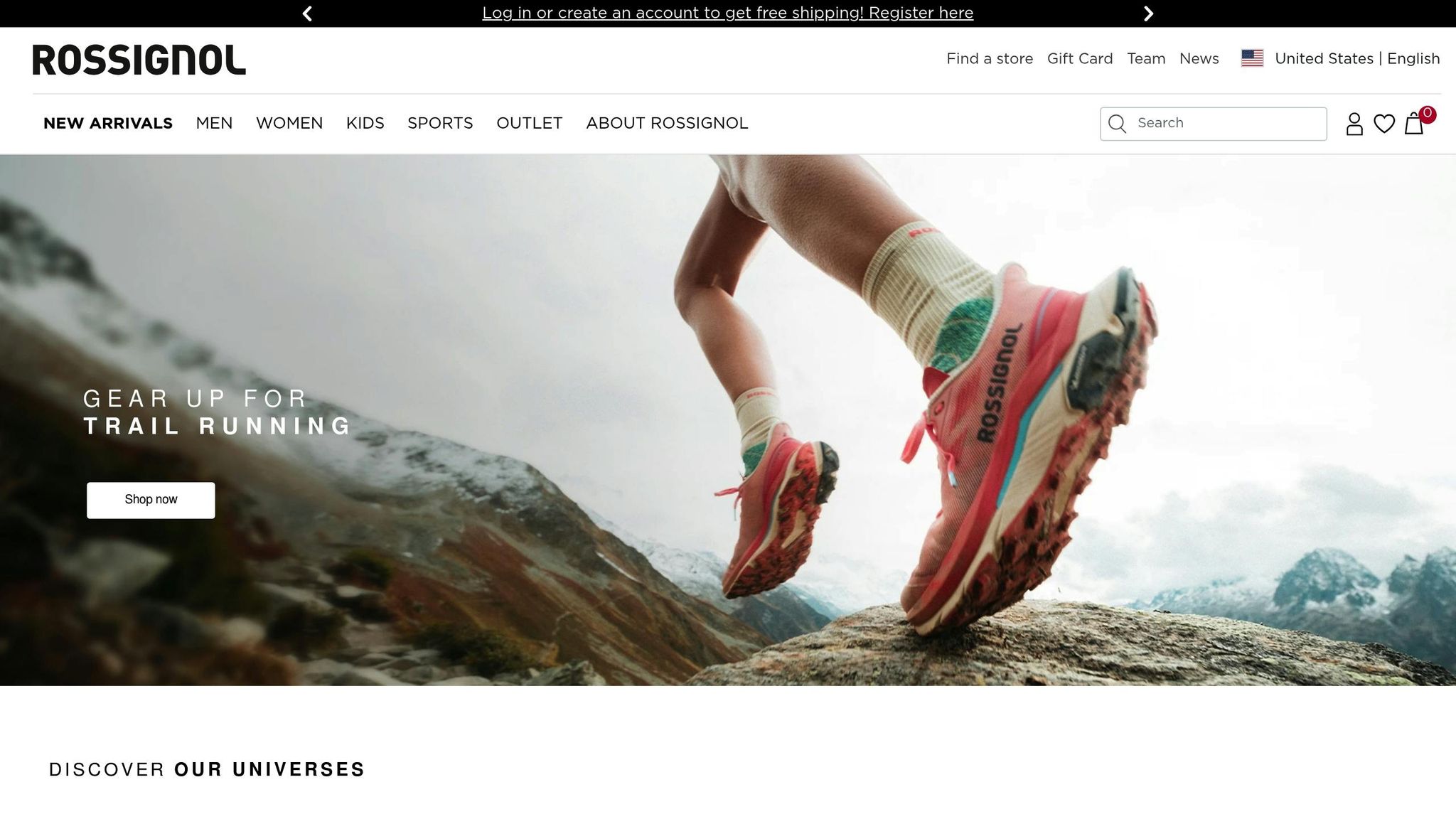
The Rossignol BC 65 Positrack leans into a more classic backcountry skiing experience, with its longer, traditional ski design standing in stark contrast to the compact and modern Snowfeet* options. While Rossignol is a trusted name in the ski world, beginners should think carefully about whether this traditional setup fits their learning style and practical needs. Let’s break down how its design impacts ease of use and performance for those just starting out.
Safety Features
When it comes to safety, the BC 65 Positrack brings some solid features to the table. Its full-length steel edges offer better grip and control, especially on downhill stretches. This can be a confidence booster for beginners who are still getting the hang of things. The ski’s Activ Cap construction strikes a balance between rigidity and flexibility, helping maintain stability in different snow conditions. Plus, the waxless Positrack base is designed to provide a mix of grip and glide, which is a handy feature for skiers still fine-tuning their technique.
Weight and Portability
Here’s where the BC 65 Positrack shows its traditional roots - it’s longer and heavier than the compact Snowfeet* models. Although the exact weight isn’t listed, similar skis like the BC 80 Positrack weigh around 880g per half pair (size 176) [7]. Unlike the backpack-friendly Snowfeet*, transporting the BC 65 can be a bit of a hassle. You’ll need roof racks or a specialized ski bag to carry them, making portability less convenient.
Learning Curve
For beginners, the BC 65 Positrack is a bit of a mixed bag. On one hand, its steel edges make it easier to control on semi-groomed trails. On the other hand, its narrow design can be tricky to handle in deep snow or varied conditions [8]. Some beginners might find that the ski’s narrow profile doesn’t perform as well in certain snow types, which could make learning a bit more challenging.
sbb-itb-17ade95
5. Atomic Backland 85
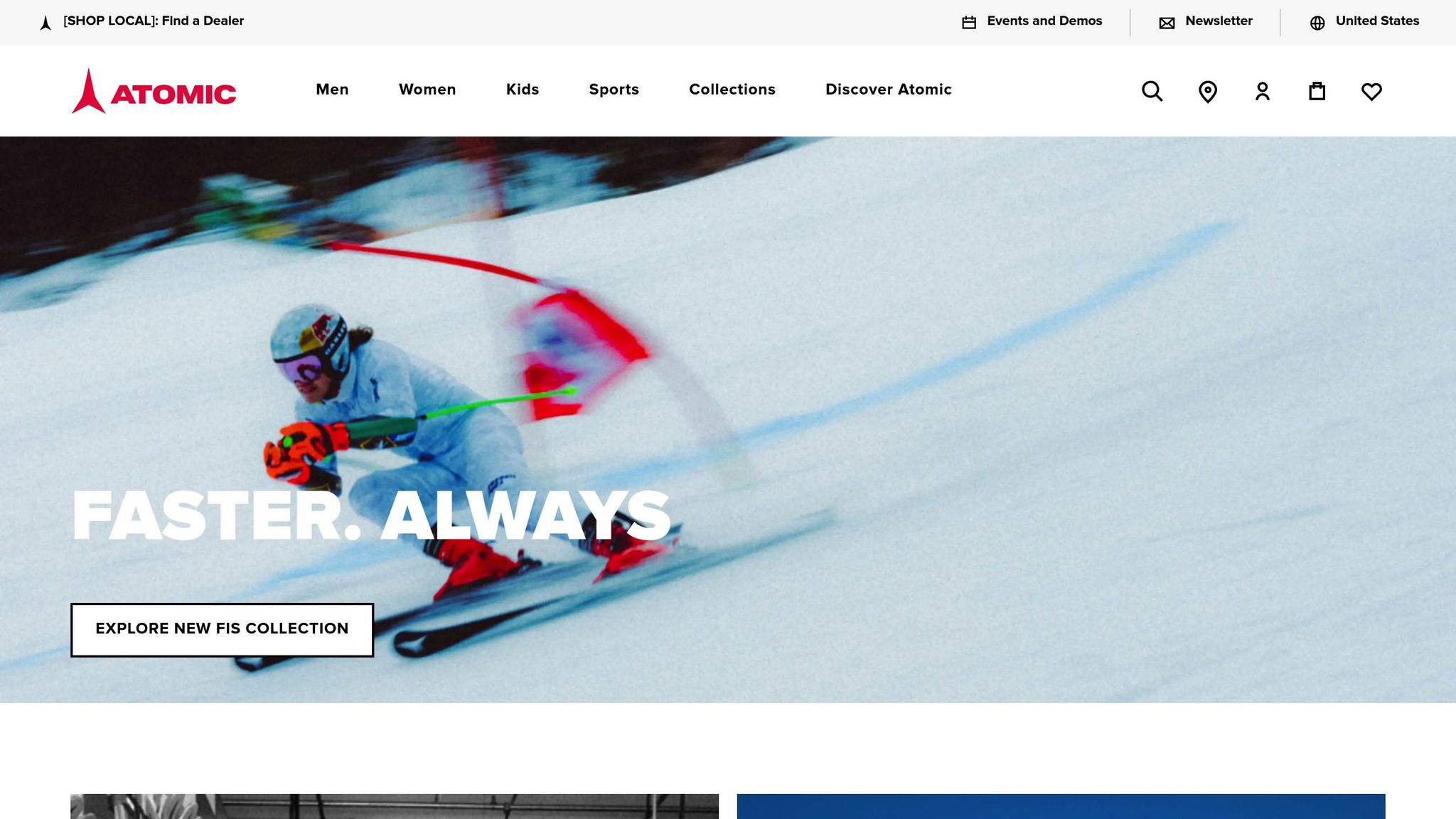
The Atomic Backland 85 is a classic touring ski designed for alpine adventures. While Atomic is a trusted name in the ski world, beginners might want to weigh their options carefully - especially when comparing this traditional setup to the user-friendly simplicity of Snowfeet* products. Let’s break down how its design and construction affect performance and safety for those just starting out.
Safety Features
The Backland 85 is built to last. Its sturdy construction helps it stand up to rocks and other backcountry obstacles, while also providing solid edge grip on steep, icy terrain[9]. This durability can be reassuring for beginners who are still finding their footing. That said, there’s a notable difference between the regular version and the ultralight (UL) model. The UL version is stiffer, which might make it a bit trickier for absolute beginners to handle[12].
Weight and Portability
At around 2.75 lbs (1,250g) per ski in the 172cm length, the Backland 85 leans on the heavier side. This weight, combined with its longer design, can make portability a hassle. You’ll likely need specialized ski bags or a roof rack to transport them, which isn’t exactly convenient. In contrast, compact alternatives like the Snowfeet* WALKSKI are light enough to carry in a backpack, making them much easier to bring along wherever you go[10].
Learning Curve
The Backland 85 is easier to handle than many other touring skis, but it’s still a traditional design. With a 15% tip rocker, it offers decent maneuverability and performs well on hardpack, corn snow, and slush[11][12]. However, the stiffer UL version can be less forgiving, which might make it a steeper learning curve for newcomers. On the other hand, Snowfeet* products are designed with beginners in mind, focusing on simplicity and ease of use. Their compact and intuitive design lets new skiers enjoy the ride without worrying about mastering complicated techniques[11]. For those just starting out, this could make all the difference.
Advantages and Drawbacks
Picking the right beginner backcountry skis means weighing the pros and cons of each model. Here’s a breakdown of how different designs translate into benefits and limitations for new skiers:
| Ski Model | Weight | Price Range | Key Advantages | Main Drawbacks |
|---|---|---|---|---|
| Snowfeet WALKSKI (100 cm) | ~2 lbs per ski | $150–$300 | Super portable, backpack-friendly, easy to learn, budget-friendly | Struggles in deep powder |
| Snowfeet Mini Ski Skates (38 cm) | ~1.5 lbs per ski | $150 | Ultralight, works with regular winter shoes, affordable | Limited control on tough terrain |
| Snowfeet PRO (50 cm) | ~1.8 lbs per ski | $199 | Compact, adjustable bindings, great for tight spaces | Poor flotation in deep snow |
| Rossignol BC 65 Positrack | ~3.5 lbs per ski | $300–$600 | Durable, solid edge grip, reliable performance | Heavier and needs specialized transport |
| Atomic Backland 85 | ~2.75 lbs per ski | $400–$1,000 | High-quality build, handles diverse terrain well | Pricey and harder to master |
Safety Considerations
When it comes to safety, traditional touring skis have a clear edge with their releasable bindings, which can reduce the risk of injuries like spiral fractures. On the flip side, compact skis, such as those from Snowfeet, often feature non-releasable bindings. While convenient, these may not be as forgiving in unpredictable conditions.
Weight and Portability
One of the standout features of Snowfeet products is their portability. They’re compact enough to fit into a standard backpack, so you won’t need roof racks or specialized ski bags. This makes them a great choice for hikers, travelers, or anyone with limited storage space.
Cost Differences
If you’re looking to keep costs down, Snowfeet skis are a fantastic entry point, with prices ranging from $150 to $300. Traditional setups, on the other hand, typically start around $400 and can climb up to $1,000 [13].
Learning Curve
Snowfeet’s shorter, lightweight designs are beginner-friendly, making it easy to get started without feeling overwhelmed. Their intuitive design helps reduce the intimidation factor for newcomers. Traditional skis, while offering better performance in demanding conditions, often require more technical skill and practice to master.
Terrain Versatility
Snowfeet models thrive on groomed trails, moderate backcountry routes, and even urban settings. However, if you’re tackling steeper slopes, deep powder, or technical descents, traditional touring skis are better equipped for the job.
Confidence for Beginners
Starting with affordable and easy-to-handle gear like the Snowfeet WALKSKI or PRO models is a smart way to build confidence. You can focus on developing your skills without the stress of managing complex equipment or making a big financial commitment. As your abilities grow, you might find yourself ready to step up to traditional touring skis for more advanced backcountry adventures.
Final Recommendations
If you're just starting out in backcountry skiing, the Snowfeet WALKSKI Backcountry Touring Skis (100 cm / about 39 inches) are a fantastic option to consider. Unlike traditional setups from brands like Rossignol and Atomic, which can be bulky and complicated to transport, Snowfeet keeps things simple with a compact and beginner-friendly design. This makes them a great pick for anyone new to the sport.
Short skis, like the Snowfeet WALKSKI, are naturally easier for beginners to handle. While traditional skis (usually 65-105 mm underfoot) can feel overwhelming, these 100 cm skis offer better balance and control. Instead of struggling with heavy, complex gear, you can focus on enjoying the ride and building your skills.
Another big plus? These skis are super portable. Their backpack-friendly size eliminates the hassle of lugging around bulky equipment, making your backcountry adventures way more convenient and fun.
For those just starting out, the WALKSKI is a great confidence-builder. Once you’ve mastered the basics and feel ready to take on deeper powder or steeper terrain, you can always upgrade to a more traditional touring setup.
Snowfeet also has other options to fit different needs and budgets. The Snowfeet Mini Ski Skates (38 cm / about 15 inches), starting at $150, are ideal for groomed trails or lighter backcountry outings. Meanwhile, the Snowfeet PRO (50 cm / about 20 inches), priced at $199, offers adjustable bindings and extra durability, making it a solid middle-ground choice.
In short, short skis like these are perfect for beginners. They’re less intimidating, easier to maneuver, and help you build confidence quickly. With smoother turns and less gear to manage, you’ll be inspired to keep exploring the backcountry in no time.
FAQs
Why are Snowfeet WALKSKI a better choice for beginners compared to traditional backcountry skis?
Why Snowfeet WALKSKI Is Great for Beginners
If you're new to backcountry skiing, Snowfeet WALKSKI might just be your perfect match. At only 100 cm long and built with a lightweight, fiberglass-reinforced design, these skis are easy to carry and control. Their shorter length makes navigating uneven terrain less intimidating, giving beginners the confidence to focus on enjoying the adventure rather than worrying about staying upright.
Compared to traditional backcountry skis from brands like Rossignol or Atomic - which tend to be heavier and require more advanced skills - Snowfeet WALKSKI prioritizes simplicity and portability. Their compact design means better maneuverability, and the lightweight construction helps reduce fatigue. For beginners, this combination makes backcountry skiing feel more approachable, safer, and, most importantly, fun.
What’s the difference between Snowfeet Mini Ski Skates and Snowfeet PRO in terms of terrain use and ease of learning?
Snowfeet Mini Ski Skates are a great pick for beginners. Why? They’re lightweight, super portable, and easy to use. Plus, they’re incredibly nimble, making them a fun choice for exploring different terrains. Whether you’re just starting out or want something versatile, these skates have you covered.
Now, if you’re ready for a bit more of a challenge, the Snowfeet PRO steps in. Its longer design gives you extra stability and control, which is perfect for handling tougher terrain. Sure, it might take a little more practice to get the hang of it, but once you do, the payoff is worth it - better balance and a smoother ride. For newbies, the Mini Ski Skates are a quicker way to learn the basics, while the PRO is the go-to for leveling up your skills.
Can Snowfeet products be used with any winter boots, and how does this benefit beginners in backcountry skiing?
Yes, Snowfeet products are built to pair with almost any winter boots, whether that's your waterproof winter shoes or snowboard boots. This is all thanks to their adjustable binding system. The best part? You don’t need to splurge on specialized ski boots, making them an easy and beginner-friendly choice.
By working with a variety of footwear, Snowfeet delivers both comfort and convenience while still performing great on the slopes. If you’re just starting out with backcountry skiing, this adaptability takes the hassle out of gearing up, so you can focus on the fun and excitement of your adventure.
Related posts
- Best Backcountry & Touring Skis of 2025: Reviews & Guide
- Intro to Light Backcountry: Essential Gear for Exploring Beyond the Groomed Trails (Without the Pro Setup)
- How to Choose Skis for Backcountry Beginners (Safety First!) - 2025
- What Are Backcountry Skis and How Are They Different from Regular Skis? (2025 Guide)

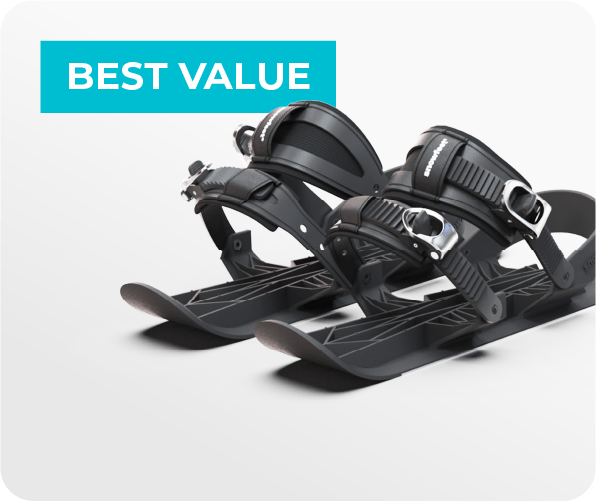



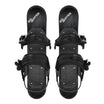
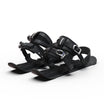
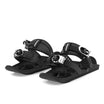

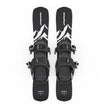
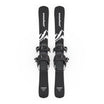

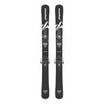
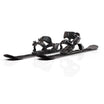
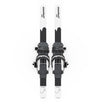


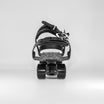

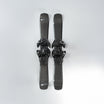


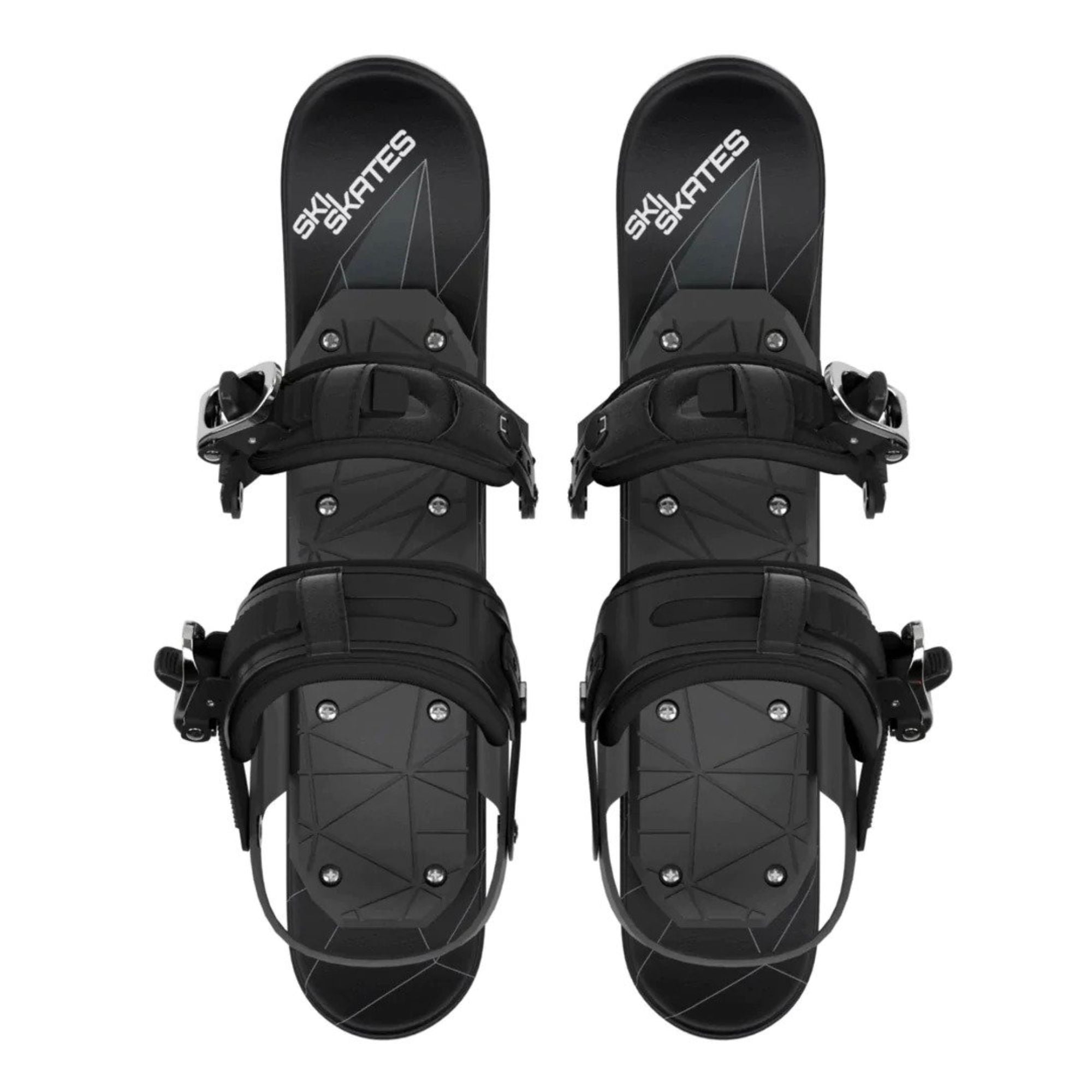
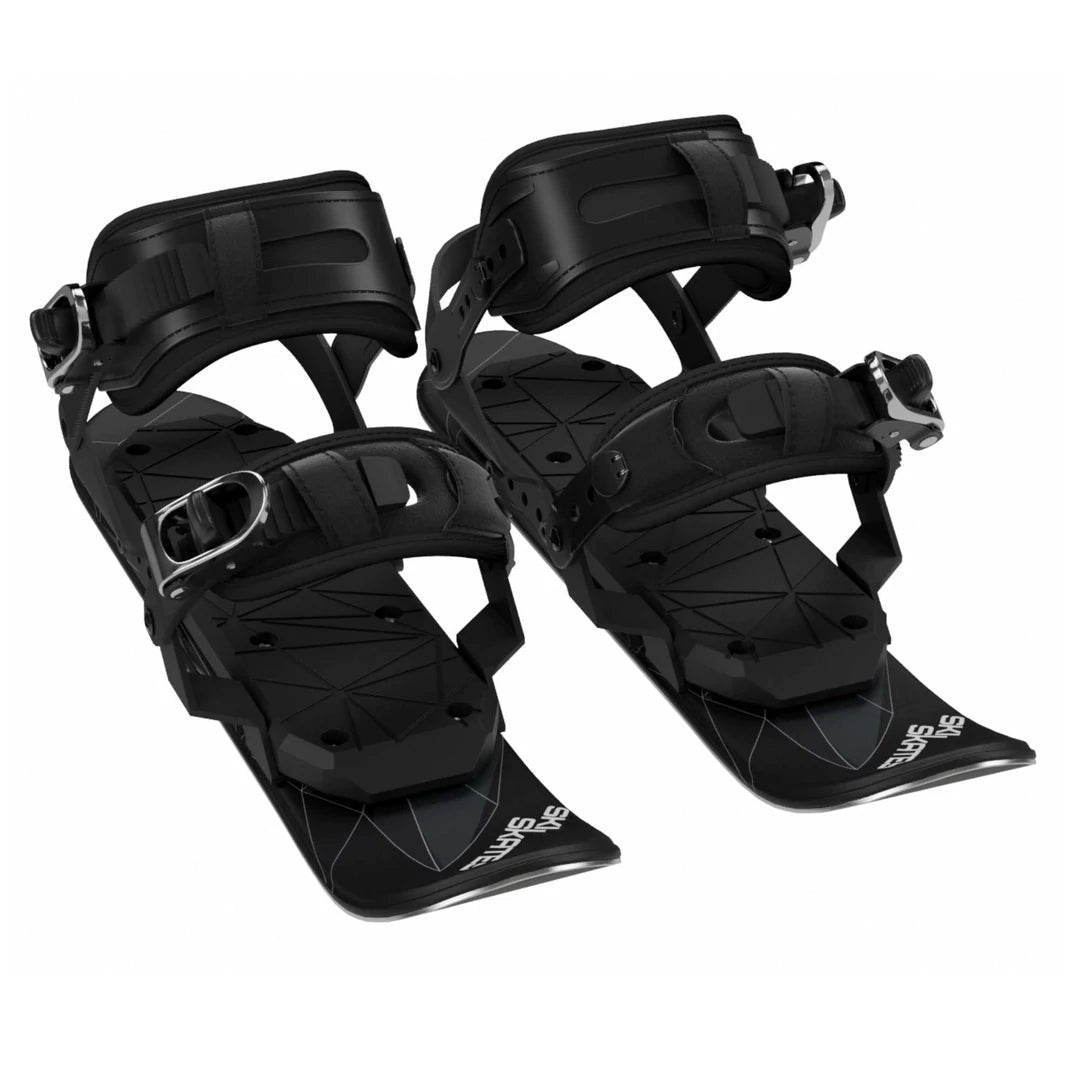
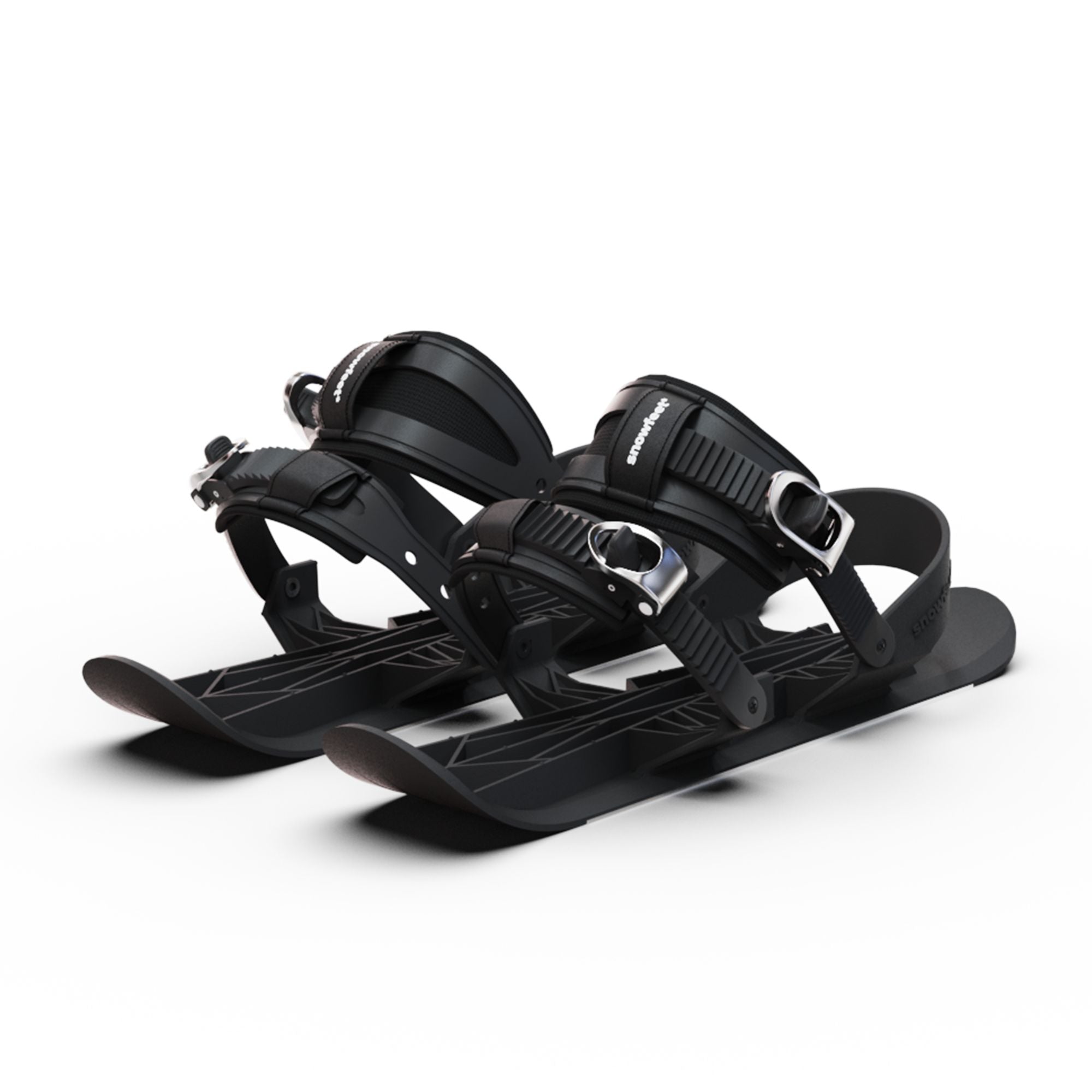

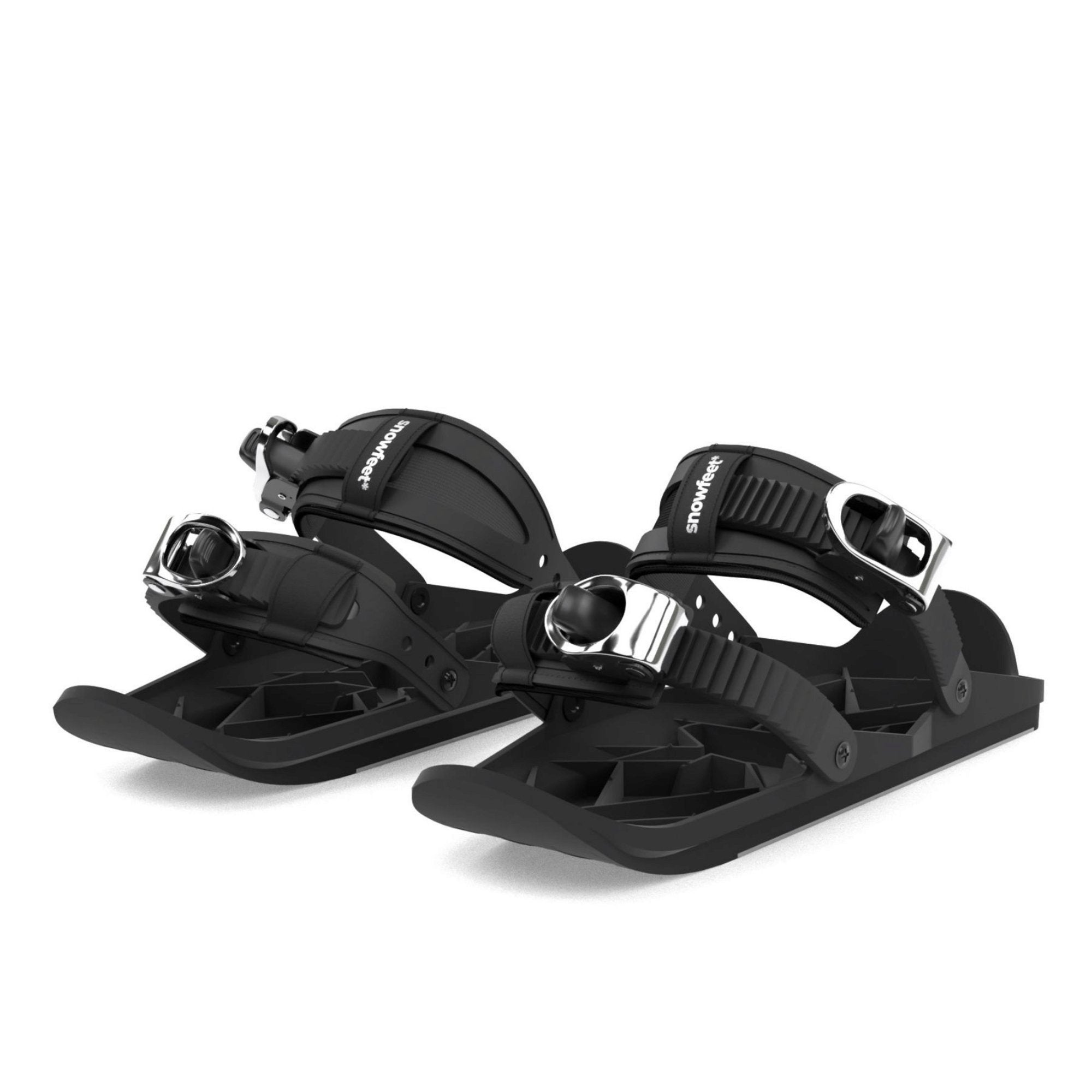
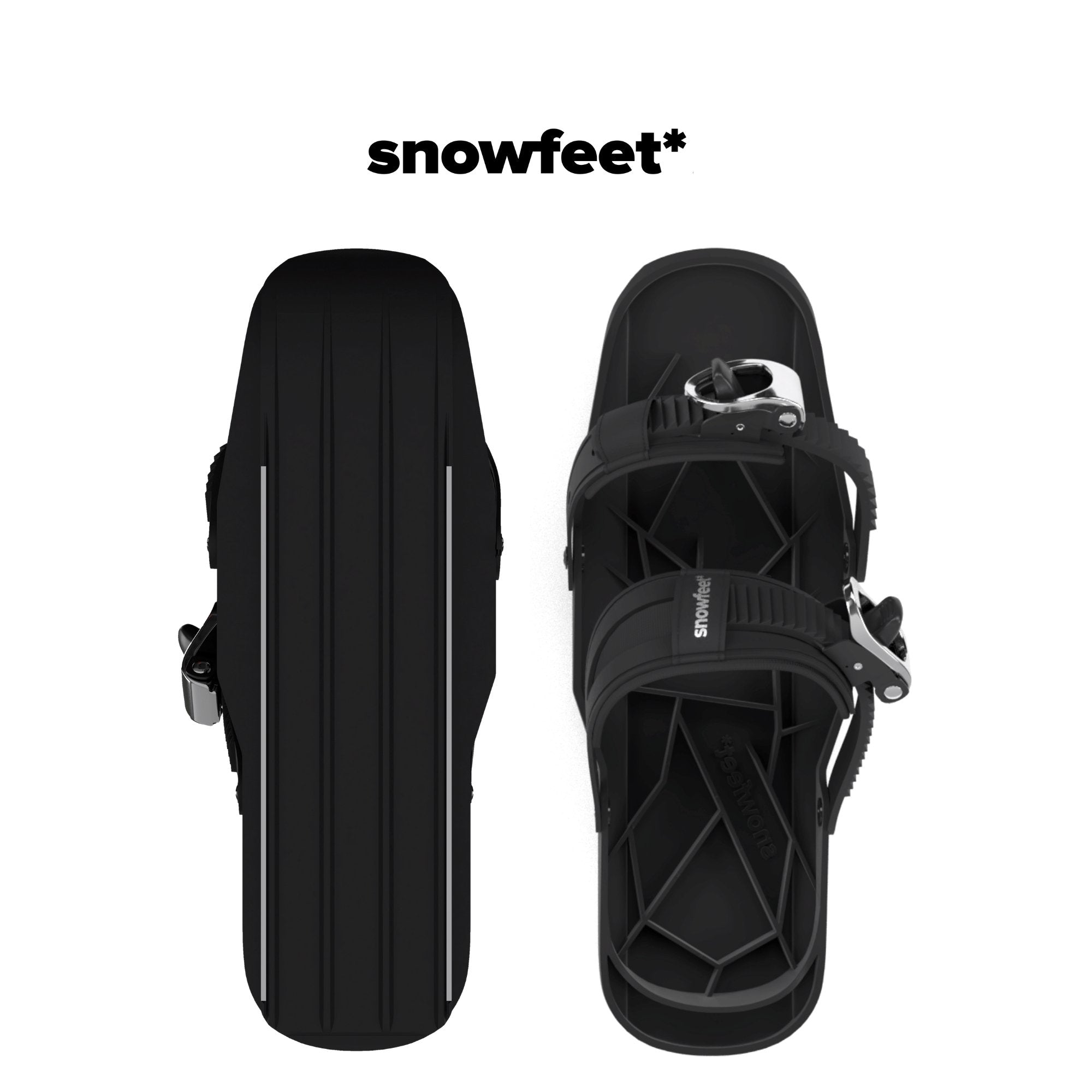
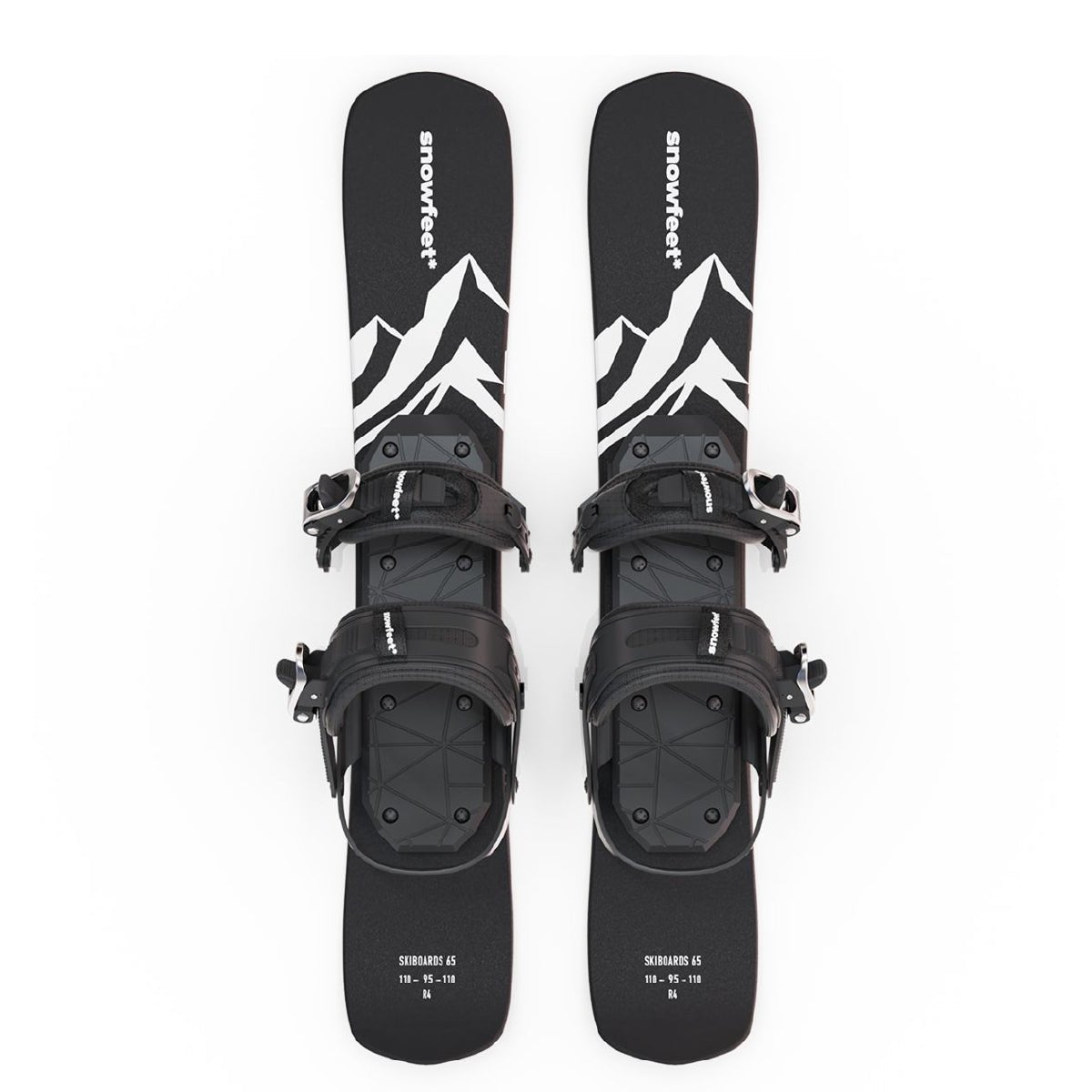
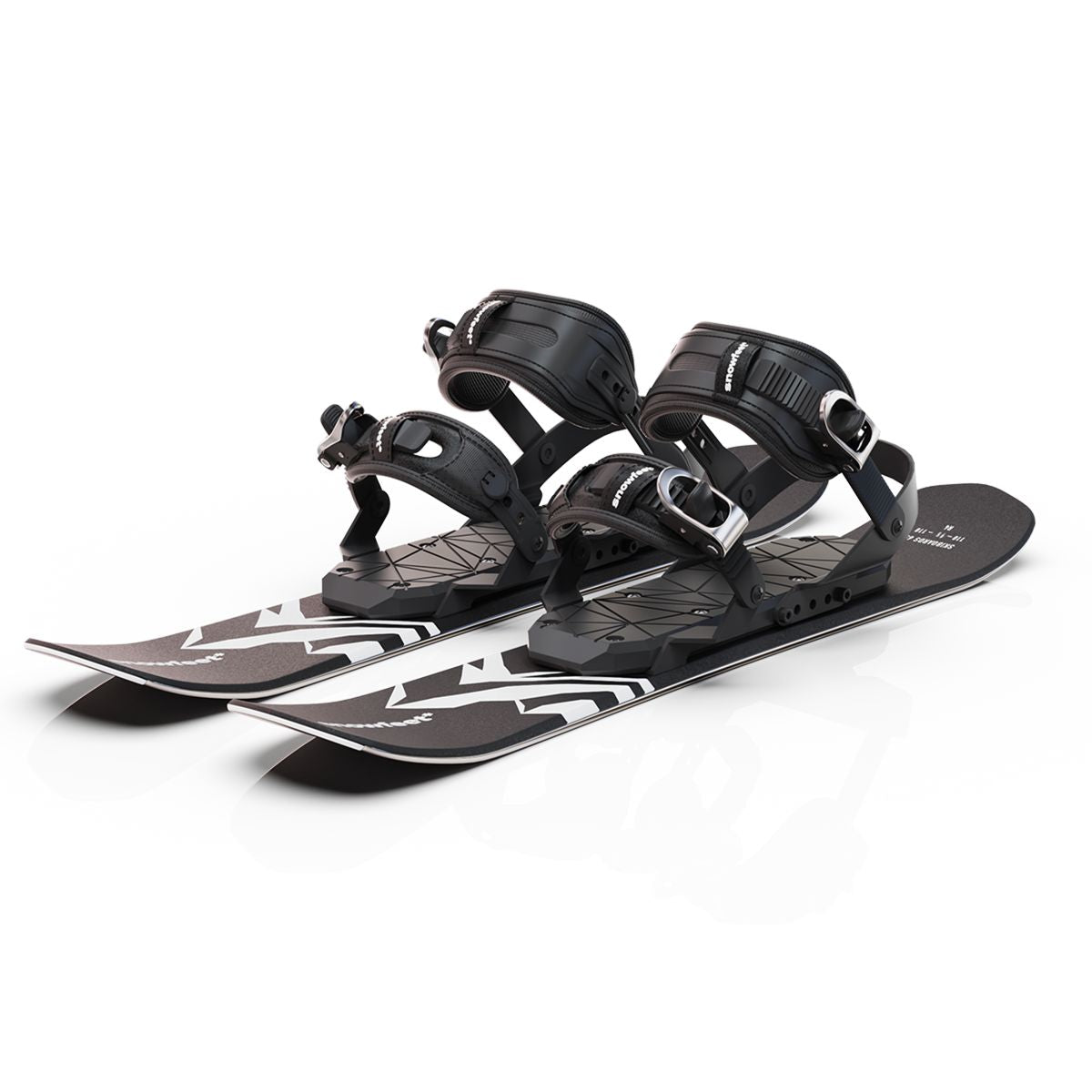
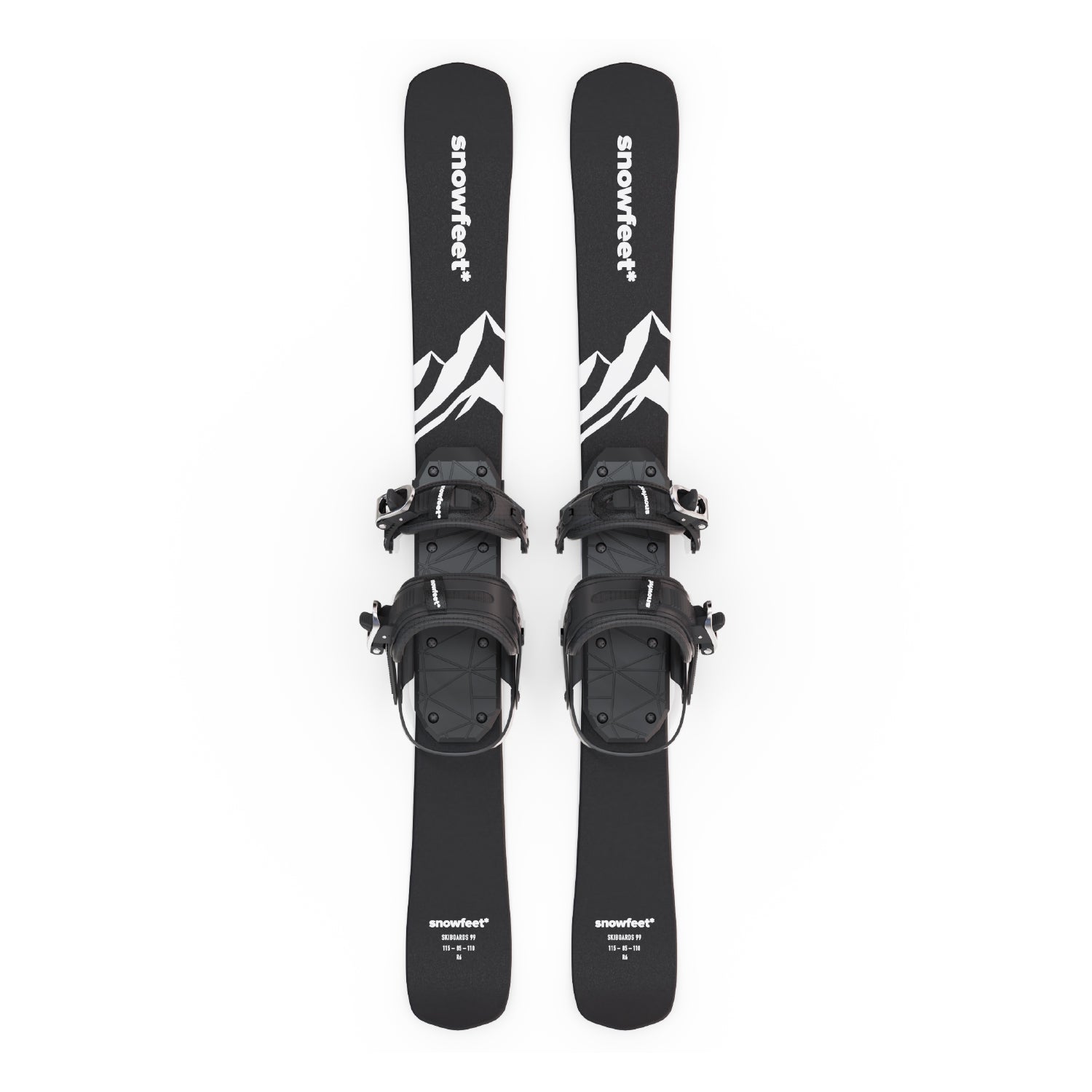
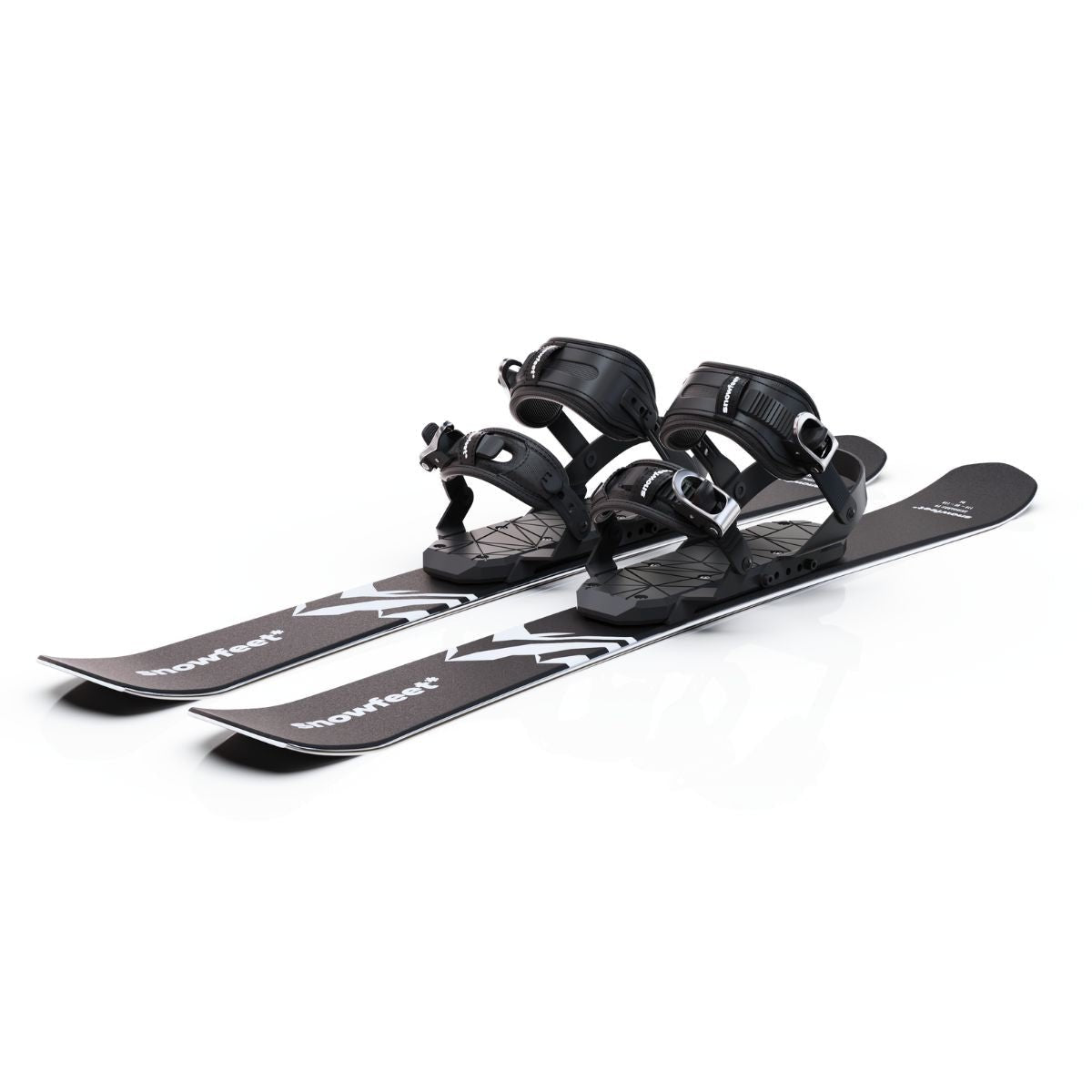
Leave a comment
This site is protected by hCaptcha and the hCaptcha Privacy Policy and Terms of Service apply.